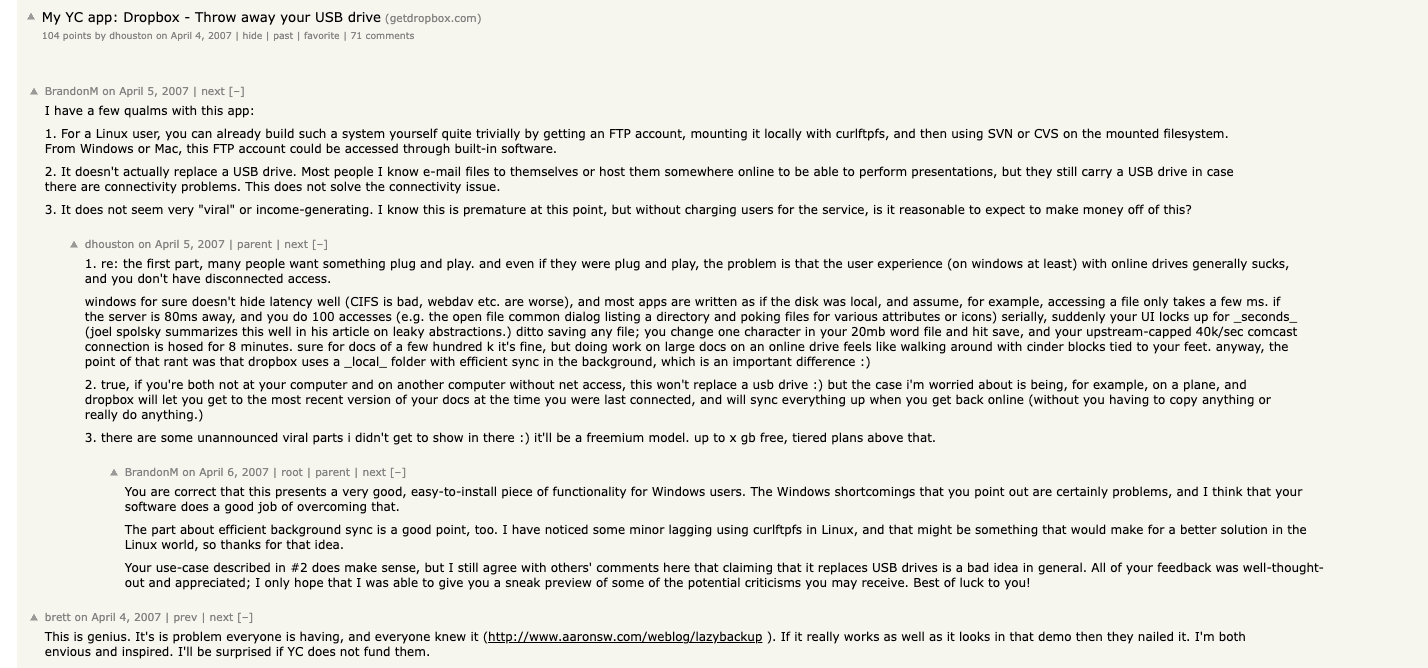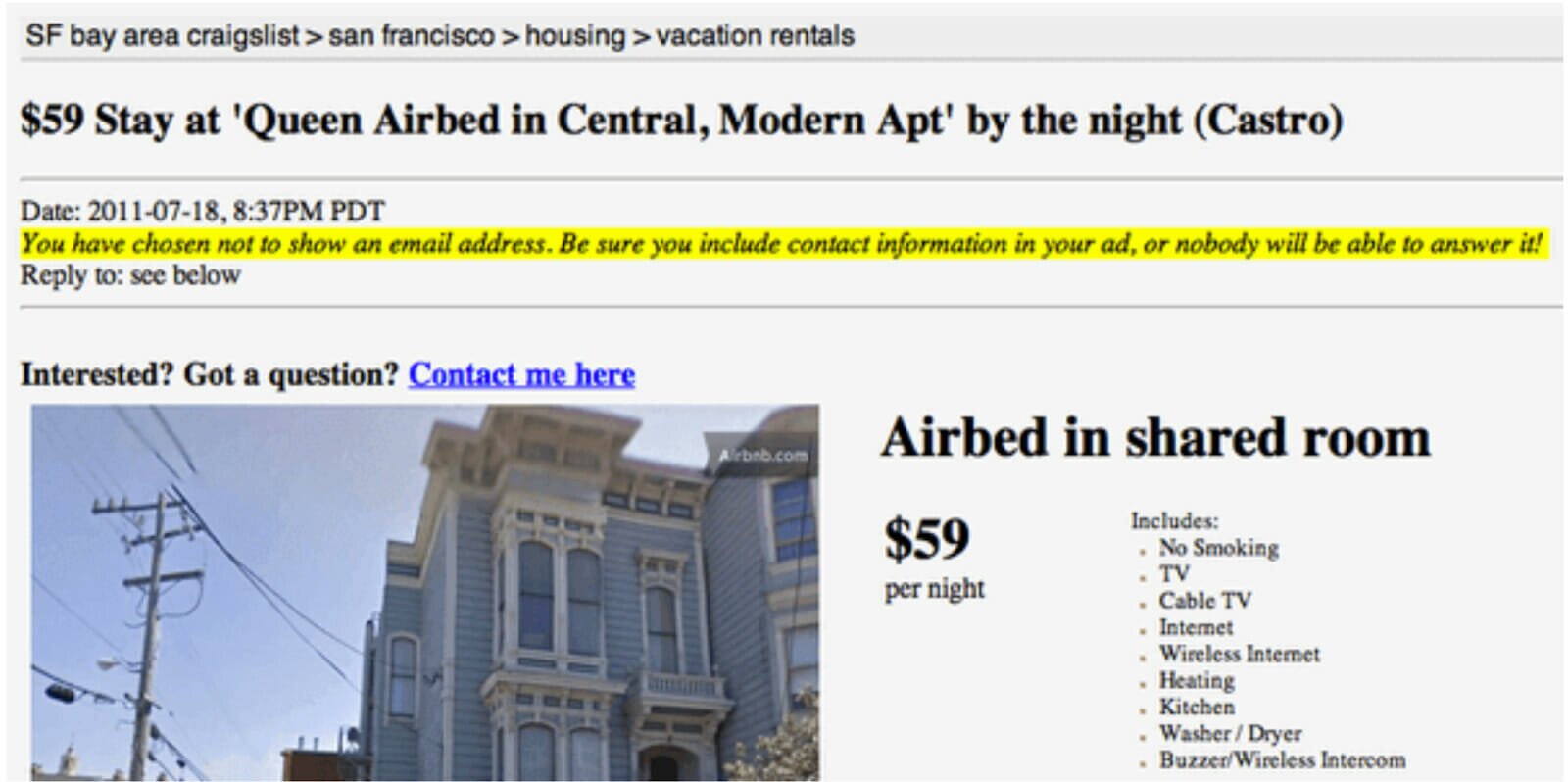I recently read Invent and Wander, a collection of speeches and letters from Jeff Bezos to shareholders. In the book, Jeff says, “I frequently get the question: ‘What’s going to change in the next ten years?’ And that is a fascinating question; it’s a prevalent one. I rarely get the question: ‘What’s not going to change in the next ten years?’ And I submit to you that that second question is the more important of the two – because you can build a business strategy around the things that are stable in time. In our retail business, we know that customers want low prices, and I know that’s going to be true ten years from now.
They want fast delivery; they want a vast selection. It’s impossible to imagine a future ten years from now where a customer comes up and says, ‘Jeff, I love Amazon; I just wish the prices were a little higher,’ or ‘I love Amazon; I just wish you’d deliver a little more slowly.’ Impossible. And so the effort we put into those things, spinning them up, we know the energy we put into it today will still pay off dividends for our customers ten years from now. When you have something you know is true, even over the long term, you can afford to put a lot of energy into it.”
Amazon has always been laser-focused on solving customer’s core problems – Customers want to buy high-quality products for less money and receive these products as fast as possible. In an interview from 1999, Jeff Bezos mentioned how important the customer was in a video of just over five minutes; he mentioned the customer seventeen times!
How do you identify what’s not going to change in the next ten years for your customers?
It's not easy, but it's possible. Think about how Amazon, Better and other companies get it right when it comes to their customers. There was no way these big shots could've done something like this in just one day. A lot of work went into making this happen for them – starting with asking a random sample of thousand customers what Bezos should sell next. He got answers ranging from books, music to windshield wipers – which is exactly what happened! Likewise I'm impressed by Better; they're looking at solving some pretty complex problems around buying homes in America today where people are constantly struggling. And even though ten or twenty years might go by without someone being interested in wanting a complicated mortgage process…they'll always want to buy a house with a process that’s simpler and better instead of becoming harder and worse each time. Read: Beyond Amazon.com: Amazon-as-a-Service.
What product managers can do to identify customer core problems
Look at what your customer’s alternatives are
Let's just be honest—customers are looking for ways to improve efficiency! When you think about it, each day consists of a series of decisions that span from when we wake up until we retire at night. The majority of people have an established routine they follow every single day and there are really only two things that force someone to change their preferred method:
- A problem with the current method.
- The benefits associated with trying something new.

Let's take Uber for example! To get a standard taxi, the customer would have to be in close proximity to the taxi company or know their phone number. Also, this wouldn't have worked if they were closed (or out of service), unavailable, or there wasn't good cell reception! These were two other problems: Security – because you didn't know who the driver was/is, and Payment-you needed cash on hand.
Uber recognized these problems and provided solutions to them:
1. You can request an Uber from anywhere using your phone or laptop without ever having to leave your home.
2. Transactions are transparent and easy thanks to credit cards and PayPal transactions which eliminate the need for carrying around cash all day long.
3. Drivers are thoroughly screened so there are no worries about security.
Uber offered some clear benefits to the current system, allowing for increased customer adoption and building a good marketplace. As the demand for Uber grew, so did its driver force which has allowed this marketplace to thrive.
Gather customer insights!
Take a peek at the valuable data around your customers—the questions they ask, what products and services they buy, how often they're contacting customer service—and it'll become clear which predictable trends show up again and again. Take web traffic logs, for example: When someone comes to your website but doesn't convert immediately into a paying customer or fill out any contact form – just leaves—a new pattern emerges that could tell you where in the customer journey this person needs assistance. And then you can give them precisely what they're looking for, right when they need it most. Sure, these trends won't automatically yield patterns that always lead to success – and sometimes even bad things happen because nobody could see the storm coming ahead of time—but don't write off predictive analytics completely; there are plenty of instances where real insight makes all the difference between failure and success in marketing campaigns.
One of Amazon's many patents is the tracking of customer buying habits, and applying those past purchases to other people who share that interest; something they call anticipatory shipping. The second patent – which will really bring down costs for consumers – is about optimizing distribution routes so that deliveries are made more efficiently.
You don't need to be an Amazon with its wide-reaching distribution and impressive logistical capabilities if you want to reap the benefits (and savings!) from having a well-designed automated order fulfillment process. However, if you want to track your customers' behavior then it starts by simply setting up rules around items purchased frequently together; or even just keeping an eye out for when one item keeps going out of stock.
Seek to understand your customers
In order to provide solutions creatively, sometimes we must offer a solution that the customer themselves may never have considered. Take Fracture for example – an online company that makes custom-printed photos onto glass. Back when customers would request panoramic prints (and there were none) they would say no and recommend cropping instead; but this did not work as well because customers do not want to see part of their cherished photo on their wall.
Fracture recognized this need and reached out to these people who had come forward asking for something impossible, coming up with a way to give them what they wanted without having to crop or even split apart one image into two separate ones: How about printing it across several 1:1s? It worked! Listen to: Identifying and multiplying your best customers – Tamara Grominsky on The Product Experience.
Get ahead of your competition
When Drew Houston came up with the idea of Dropbox back in 2007, there were already a plethora of cloud storage companies such as Microsoft, Google etc. Dropbox had severe competition, most of which have since shut down or have had minimal success. Dropbox, however, currently has 500 million users and more than a billion dollars in annual revenue. Drew created a simple video, demoing the product, and published it in April 2007 on Hacker News (a website, built by YC co-founder and run by YC) with the title "My YC app: Dropbox – Throw away your USB drive." – That’s how they got their first 1000 and then 10,000 customers!
Rapid decision-making and experimentation
As evidenced in one of the shareholders' letters from Jeff, success at Amazon is a function of how many experiments they do per year, per month, per week, and everyday. Indeed, some of Amazon's most successful products- such as AWS, Prime, and Kindle- launched through experimentation. Experimentation also facilitates continuous user-feedback loops that allow developers to improve their solutions continuously.
Do not confuse exploratory development (i.e., experimentation) with operational excellence; while both involve exploration and discovery of various possibilities, they target two separate goals: while operation excellence usually entails using sound business practices known to be effective (E.g., standardizing everything), exploration utilizes sound principles but may need modifications depending on what works best for each unique circumstance or situation (E.g., coming up with multiple versions of marketing materials).
My favorite example is how Airbnb leveraged Craigslist to drive traffic and listings on their own site. Every time a listing was made in their area on Craigslist, they would email the home owner and ask if they would like to list on Airbnb. The homeowner would then spread the word about this new booking platform. Once finding success with manual outreach, they created a script that automatically emailed all new listings from Craigslist, letting people know about Airbnb. It sounds like an incredible amount of technical work – but again, it's really just leveraging what worked manually while still proving its efficacy before scaling it up. Since then, Craigslist continued refining and iterating its website and the user interface; adding new features; getting international distribution right by going slow-and-steady where locals are happy to refer people overseas; developing additional revenue streams through partnerships – all while remaining laser-focused on customer satisfaction throughout every step of their journey.
Wrapping up

I would like to conclude with my take on the now-famous Design Thinking Framework on how to conduct product discovery and define your core problems. This is a customer-centered approach where there are four main factors that shape the whole idea behind it.
1. Desirability reveals what your customers' alternatives are – their pain points (e.g., think Uber)
2. Feasibility or technical possibilities allows you to be creative in solving for your customer problems (e.g., think Fracture)
3. Attract the right audience (e.g., think Dropbox)
4. Viability and prototyping (e.g., think Airbnb).
Using the framework and insights mentioned earlier, you'll understand what your customers want to do when searching for businesses or products like yours. Though many customers' pain points are relatively similar, there's no one-size-fits-all solution to solving all those problems. Fortunately, nobody knows your customers better than you do – so dive deep into your research and start helping them succeed at what they're trying to do. The more empathy you show towards potential and current customers alike, the more confidence you'll feel in addressing their needs without fear that this won't work out well enough since it's been done before (either way).









